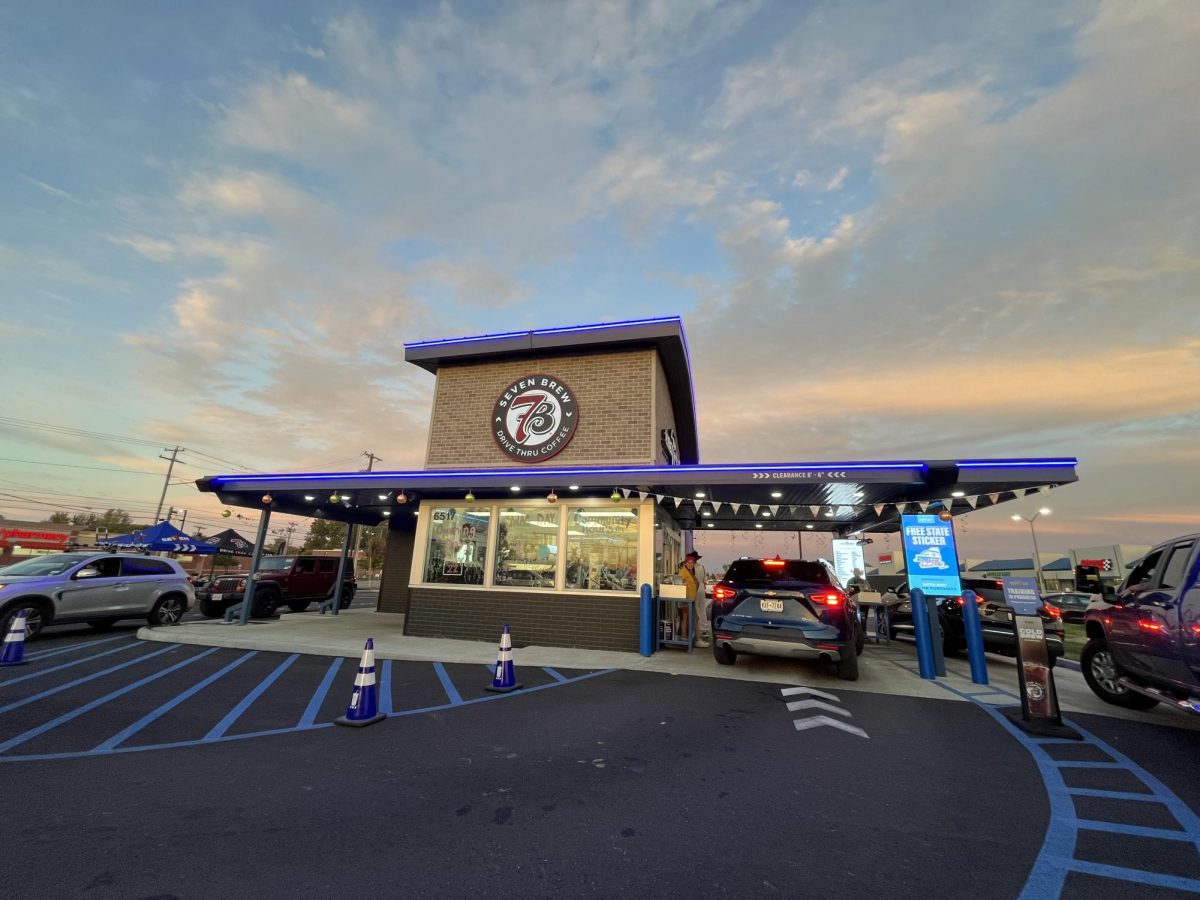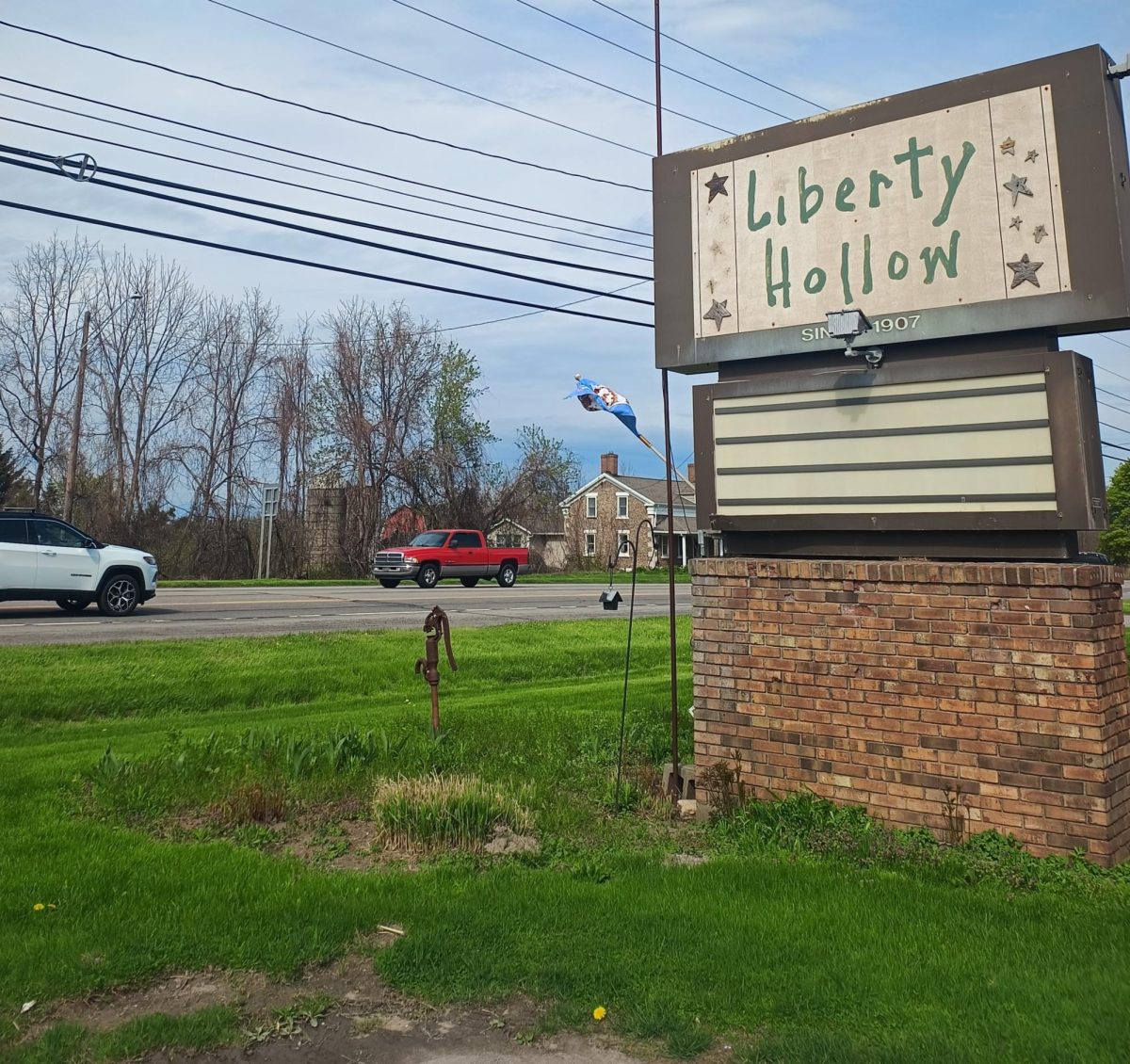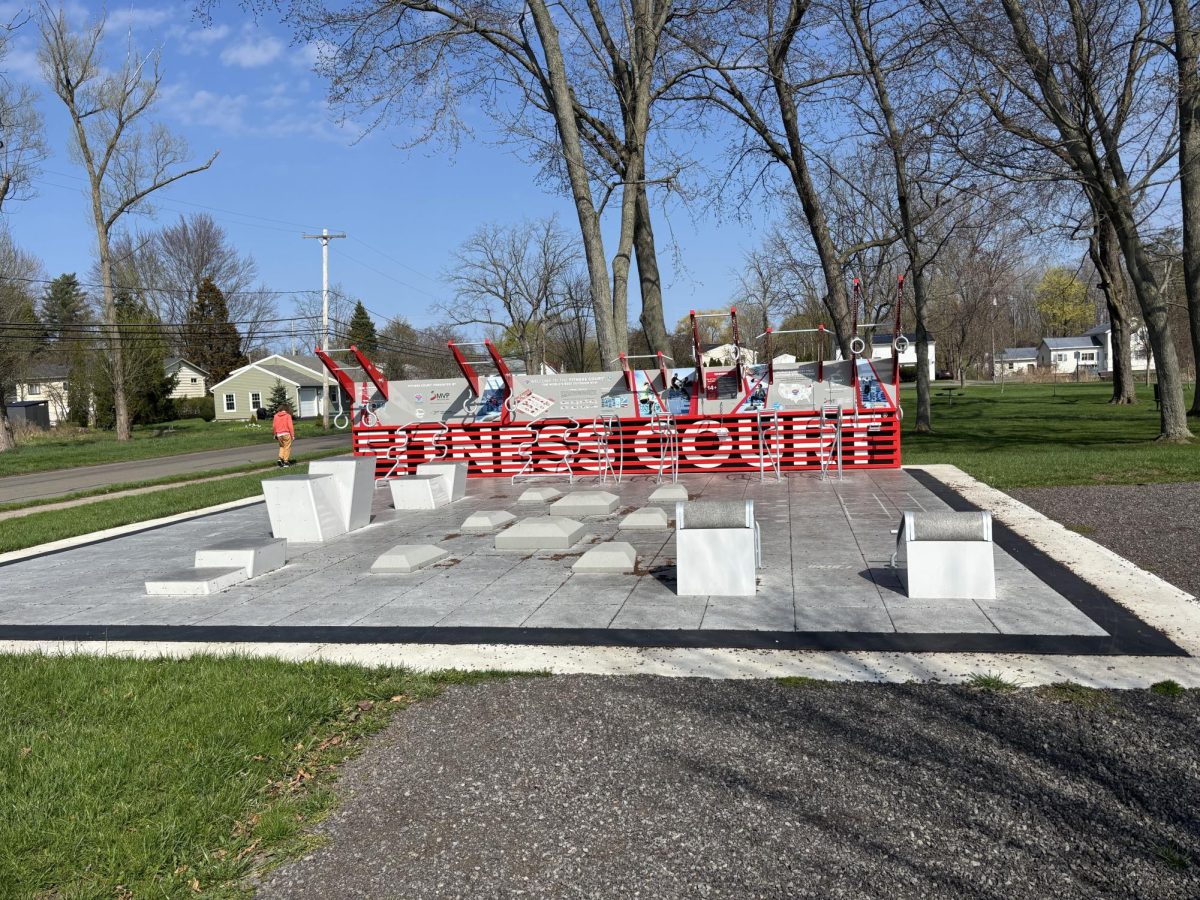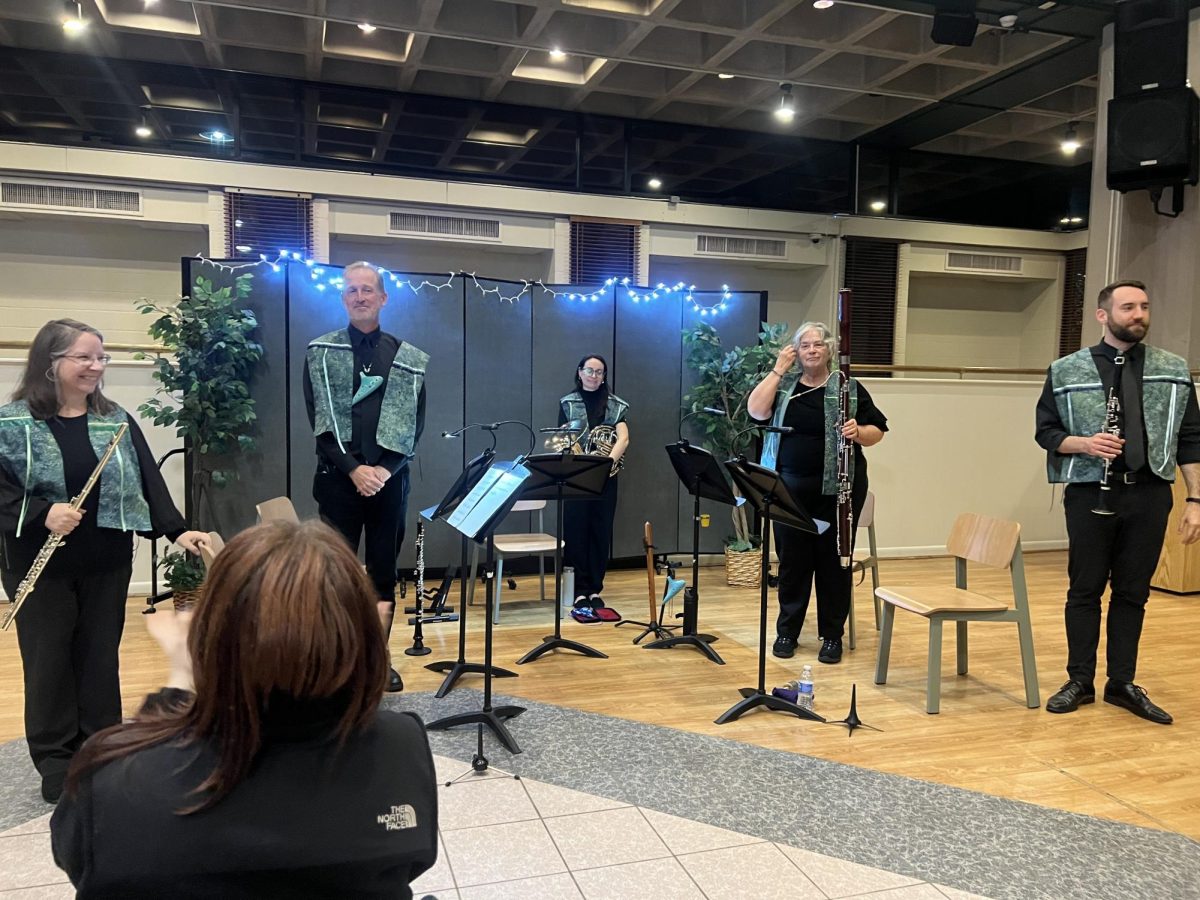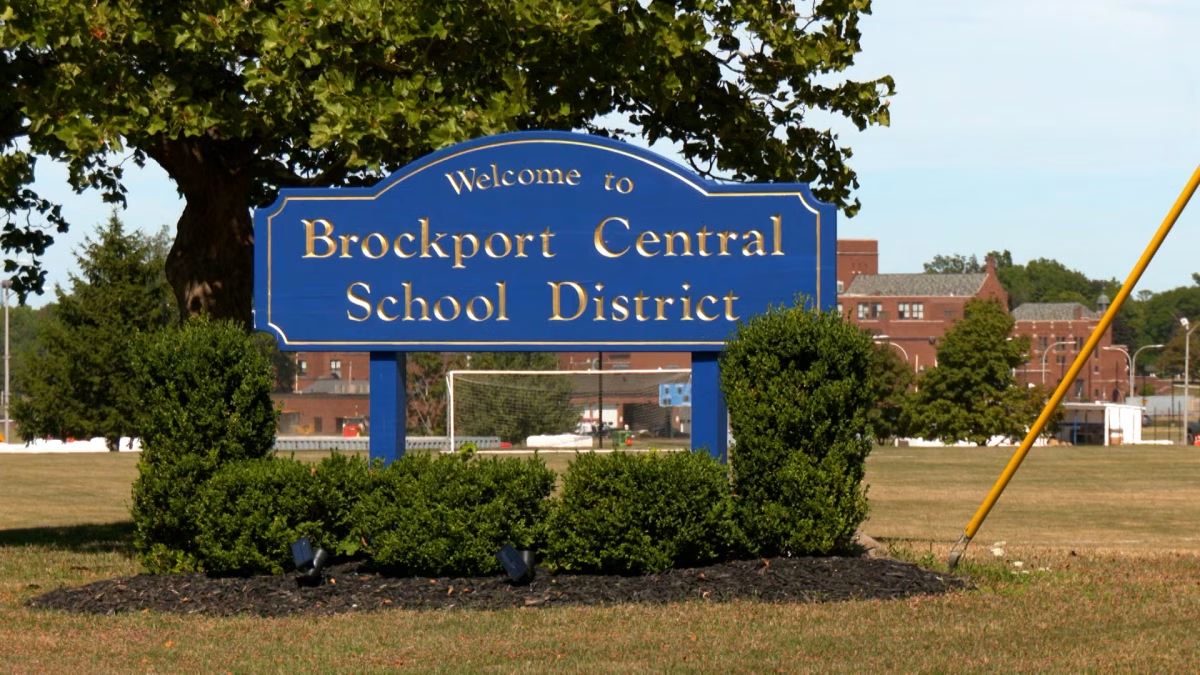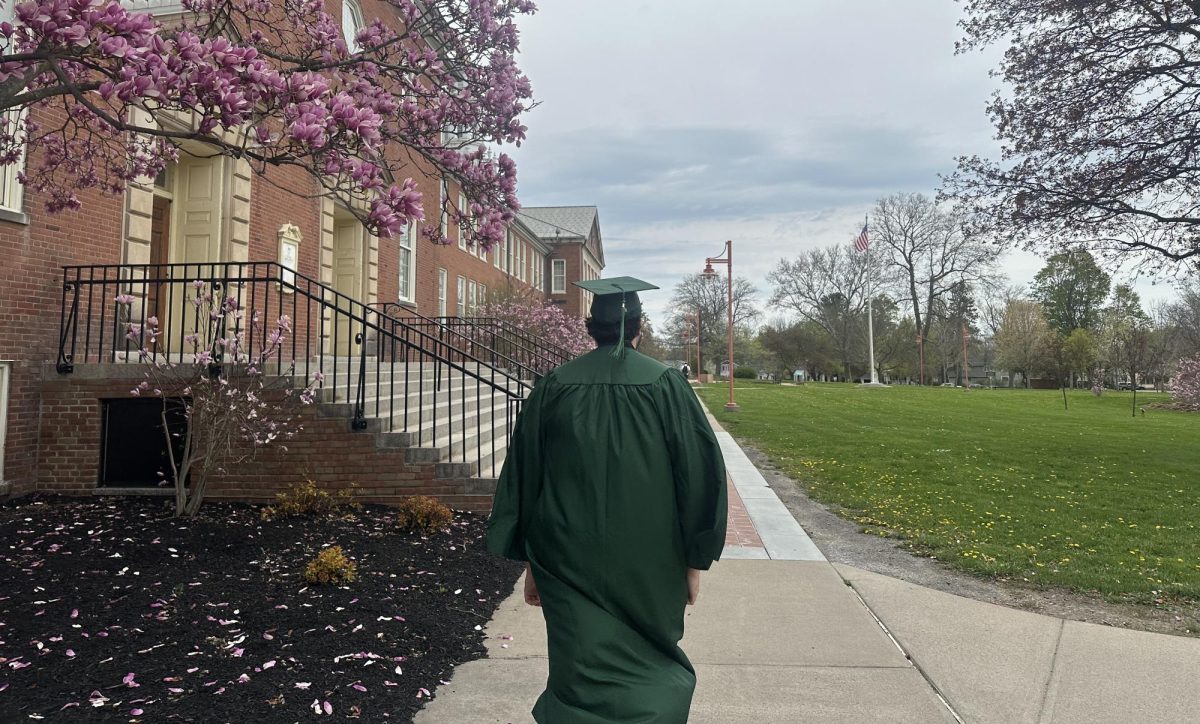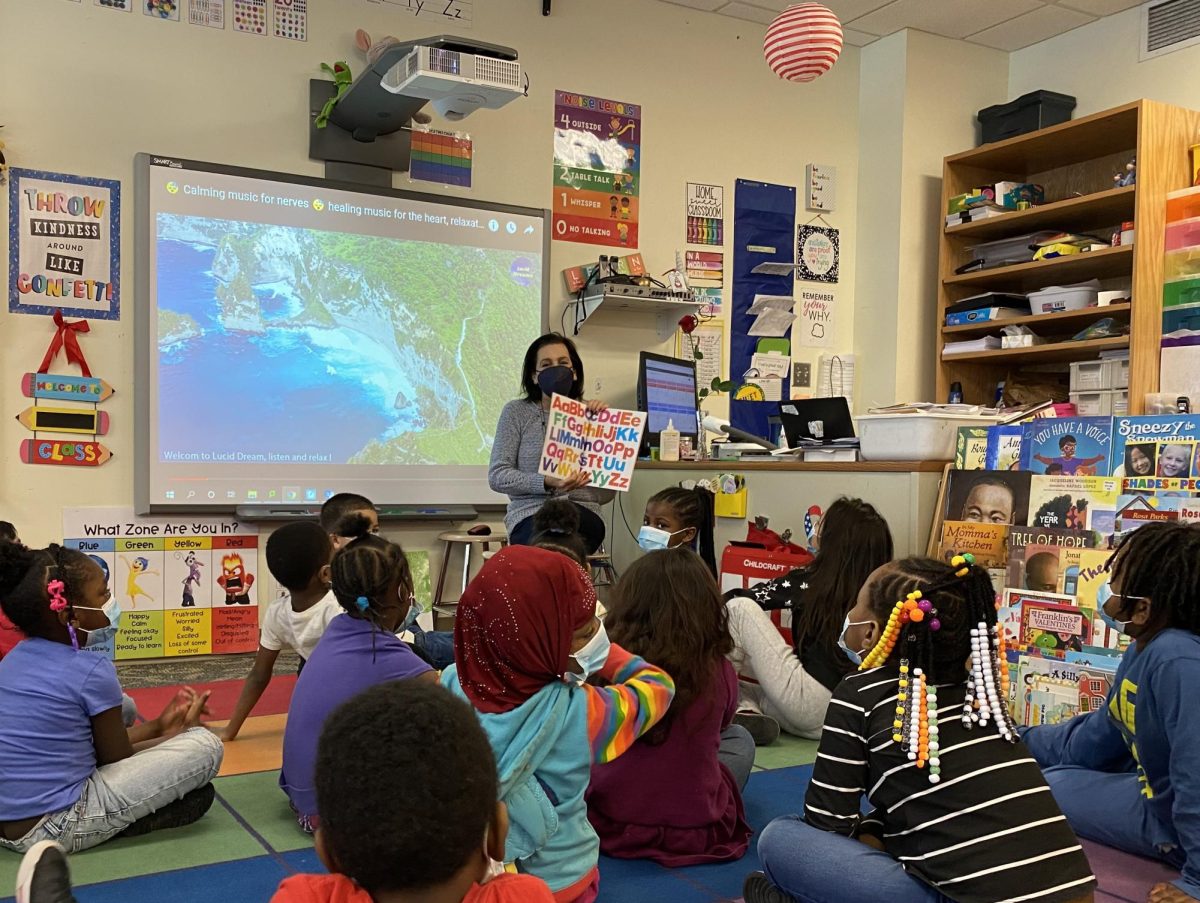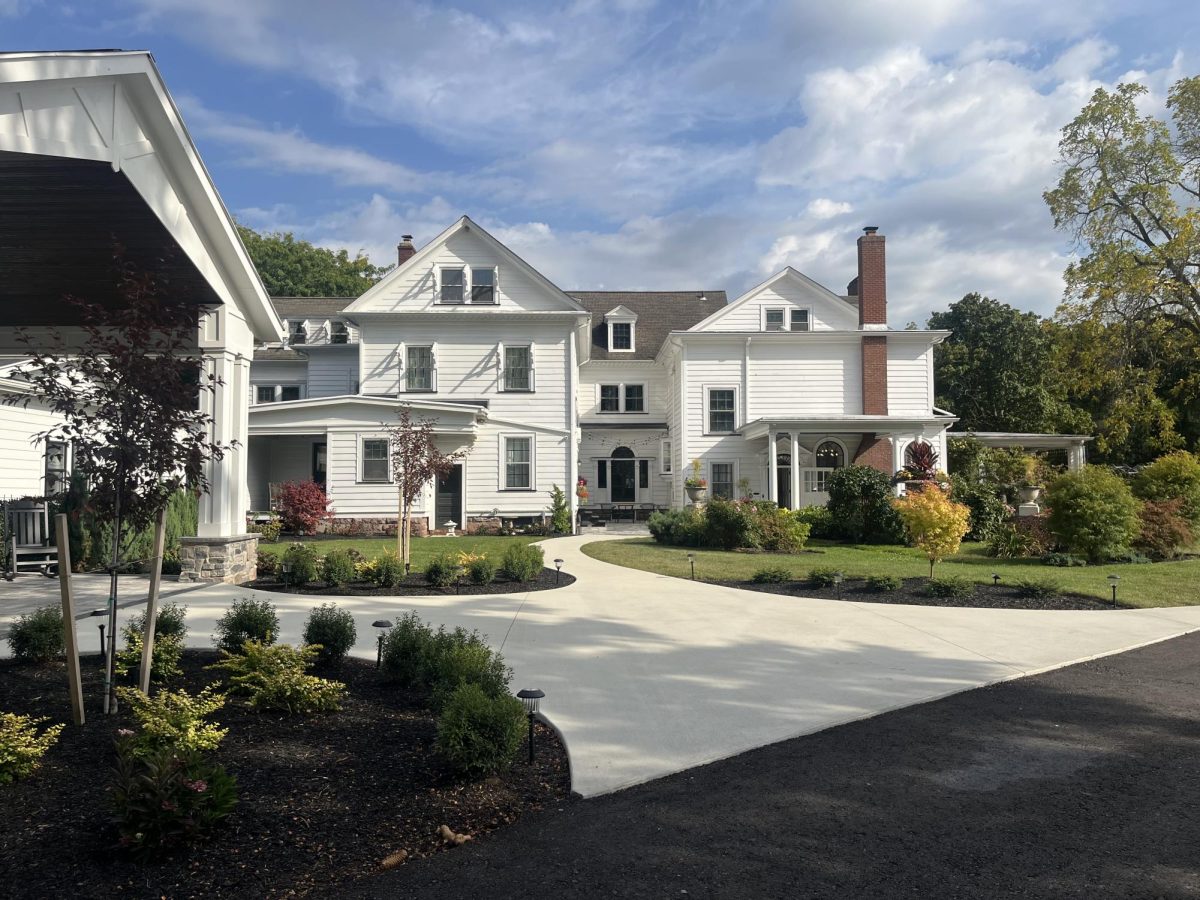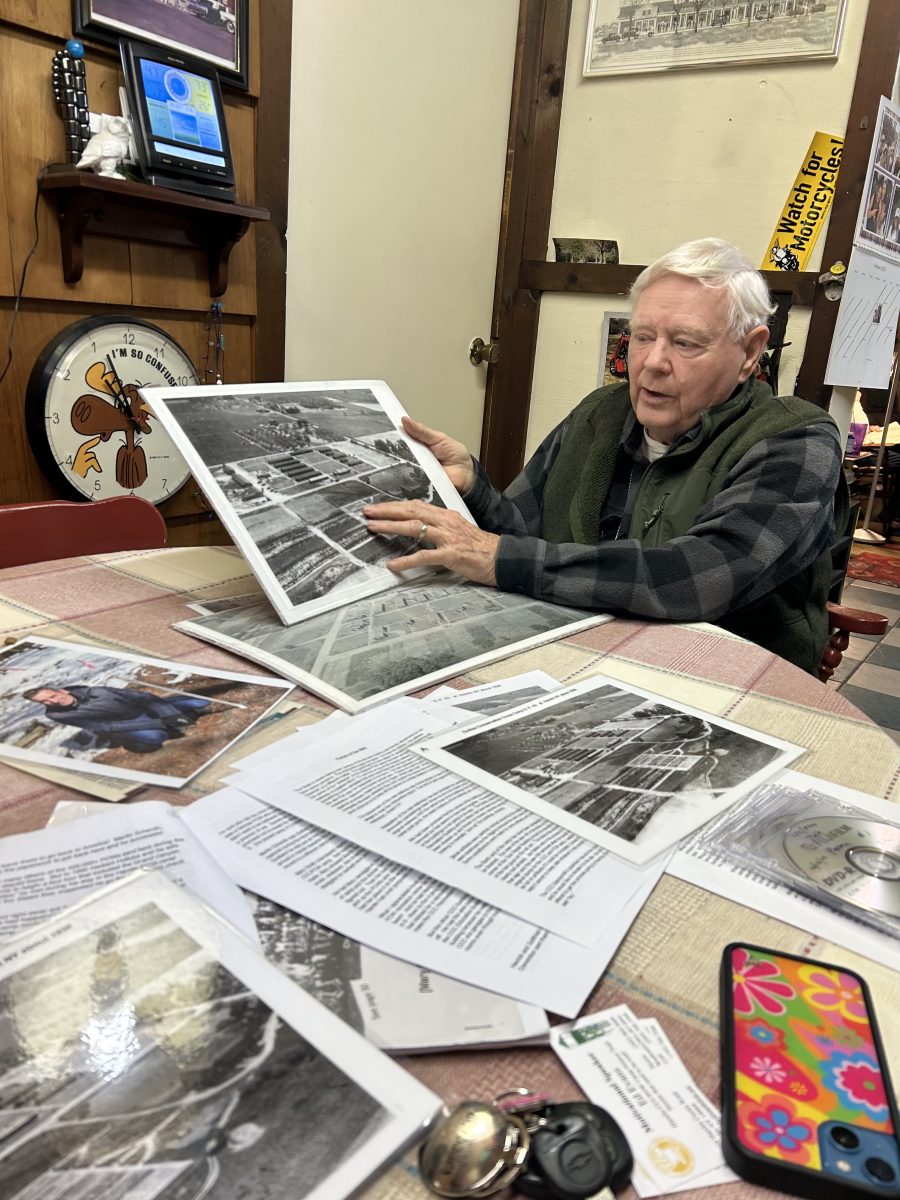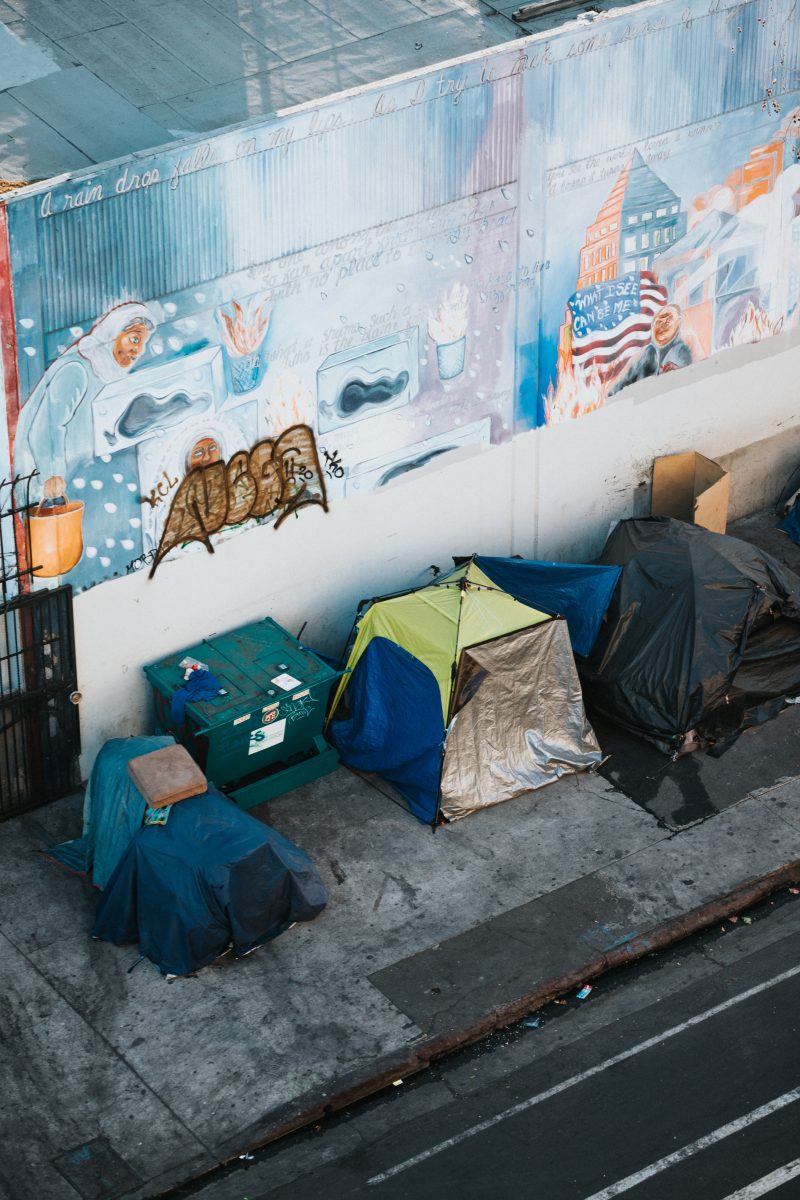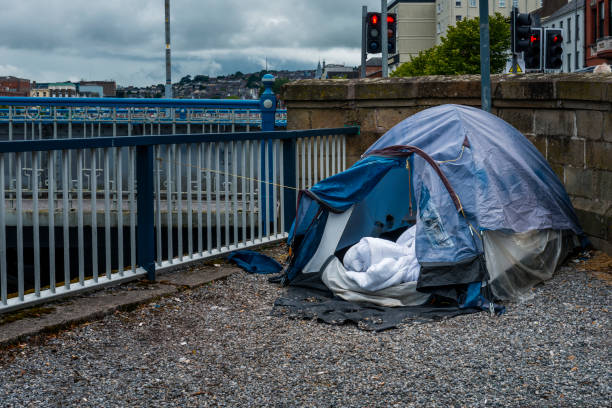
tent by the river - Rochester NY (Pixabay.com)When the Covid-19 pandemic began, government and public health officials advised Americans to stay at home. However, this advice neglects to consider the often forgotten homeless population in the United States. According to the Coalition for Homelessness, New York State has the highest homeless population per-capita of any state in the continental United States, with an estimated 93,000 people living on its streets. As a result of Covid-19, this already at-risk group of people faces even greater challenges.
Homelessness is a significant problem all across the country, and Monroe County is no exception. Tent villages in downtown Rochester have been a recurring indication of the problem and its scale. Nearly 1000 people go without housing every night in Monroe County, and throughout 2020, homeless shelters are seeing an influx of extended-stay requests.
Former volunteer for a local shelter Homeless & Housing, Casey Thompson, says her experience at the shelter helped her more completely understand the scale of the issue.
“I’m honestly surprised to hear that there’s only about a thousand people homeless in Monroe County,” said Thompson. When I volunteered there it was always full, always busy, they’d limit how long people could stay because we just didn’t have enough beds. I can’t even imagine how bad it’s gotten with COVID. Seeing new faces is always sad, but seeing regulars was even sadder I think. For a lot of these people it becomes like a cycle and they just can’t break out of it.”

Outside Homeless & Housing - Google open source
According to the New York State government website, individuals staying in homeless shelters in NY State spiked by nearly 143 percent in 2020. Monroe County’s homeless population has been growing steadily over the past five years, and shows no signs of stopping. In 2019, it was calculated that for every 10,000 people in Monroe County, there were about 11 homeless individuals, and that number is likely higher, as the data does not account for homeless students, runaways, or those living on the street outside of shelters.
These statistics don’t surprise Adam Stuart, a graduate of Monroe Community College who was homeless in 2017 while pursuing his degree.
“You have to look at it this way, man,” said Stuart. “The people taking count of the homeless in this city are volunteers. Organizations don’t want their volunteers to get hurt, so they tell them to just count the shelters. I wasn’t in the shelters. They were pushy and religious and dudes would steal your stuff. It was safer for me to sleep under the bridge with a big stick in a nice area like College Town. So yea that number has got to be higher. Thankfully I got my degree and I’m moving up, but a lot of guys can’t, especially now,” said Stuart.
In February of this year, Rochester Mayor Lovely Warren attempted to address the growing homelessness problem in the city by establishing the Housing First Trust Fund. This fund allocates roughly $30 million dollars to the construction of affordable housing within the city, as well as contributes to the homeless shelter support budget for the county. According to Warren, this fund serves to elevate the urban community in Rochester, while tackling the racial disparity in homelessness in Monroe County.
Data from the census government website indicates that fiscal inequities and a poor housing market affect minority groups in greater numbers than Caucasians. RIT student Hakier Green sees this as a result of systemic racism in the American economic system.
“I have friends who live in a two bedroom house with 12 people. You got your uncle up in there, you’ve got your siblings living there into their late 20s, you’ve got family friends who’ve hit hard times,” said Green. “It’s not homeless but it’s the exact same problem. You take good people, make it so they can’t find decent paying jobs, make it so their communities are more susceptible to drug use, and you ticket their cars more often. At that point they’re either driven to homelessness, or they gotta live with their people. How can you expect them to climb out, you know what I mean?” said Green.
With unemployment in Monroe County recently at an all-time high of 15 percent, and only this month starting to come down below 10 percent, the greater Rochester community is no-doubt concerned about meeting basic needs.
Non-profit community development groups such as Act Rochester are currently aiding in the effort to end homelessness in Monroe County by raising funds and recruiting volunteers.
However, with the Covid-19 pandemic leaving many groups across the country in dire financial situations, some worry that local government will not make the homeless a priority.

